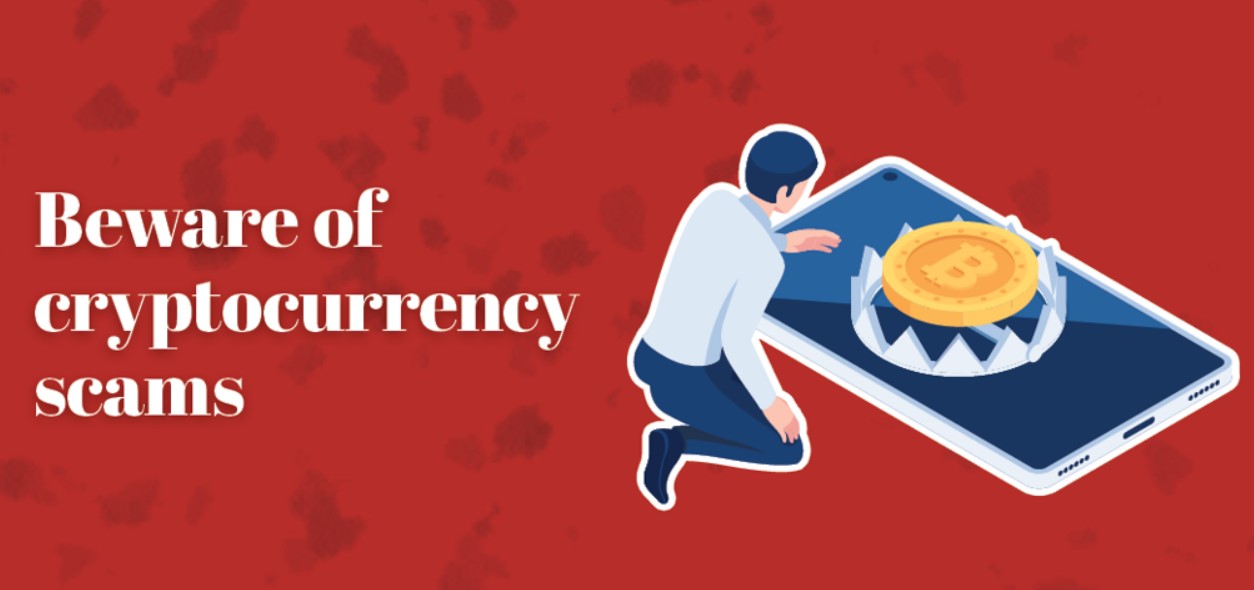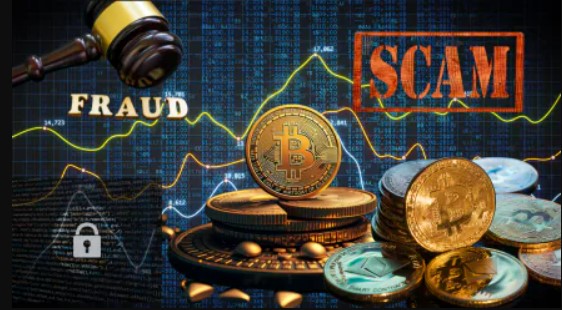SFD-FinanzAG.com Review -A Dubious Trading Broker
The Borrowed Authority of a Name
In the world of international finance, few jurisdictions command the same level of respect and trust as Switzerland. The names of financial institutions operating under the protection of Swiss law often evoke images of stability, rigor, and meticulous professionalism. This carefully cultivated image is precisely what entities operating under names such as SFD-FinanzAG—associated with the domain sfd-finanzag.com—seek to leverage. The use of “Finanz AG” (Finance Corporation) immediately suggests a legal structure and operational presence rooted in this reputable, highly regulated environment.
For the unsuspecting investor, this nomenclature provides a potent initial hook, masking a crucial, fatal distinction: the difference between a legally registered, compliant entity and a parasitic operation designed to impersonate it. This extended analysis is dedicated to scrutinizing the claims, identifying the deceptive tactics, and exposing the fundamental regulatory failures that place anyone dealing with this specific online domain at extreme and unacceptable financial risk. This is a study in impersonation, regulatory avoidance, and the critical importance of verifying financial identity.
The Regulatory Verdict: Clone and Caution
The single most definitive piece of evidence against sfd-finanzag.com comes directly from the institutions responsible for maintaining the integrity of the very financial system it purports to serve. The highest authorities in major European financial oversight have issued explicit, public warnings that essentially dismantle the platform’s claims to legitimacy.
The core of the issue is this: The platform operating under the domain sfd-finanzag.com is not registered with the primary financial market regulator in the jurisdiction it implicitly claims to represent. Furthermore, official notifications confirm that the online entity has no legal or operational connection to any legitimately registered company with a similar name in the commercial register.
This is the hallmark of a clone scam. The operators deliberately choose a name that is either identical or confusingly similar to a real, authorized, and trustworthy firm. This tactic is used to:
- Bypass Due Diligence: An investor performing a quick, surface-level check may mistakenly see the legitimate company’s details and assume the online platform is one and the same.
- Manufacture Trust: The platform immediately benefits from the decades of trust built by the legitimate financial sector, using the good name to encourage large deposits from unsuspecting clients.
- Frustrate Reporting: Victims of the scam may initially report the fraud against the legitimate company, complicating the investigative process and delaying the issuance of accurate warnings against the true perpetrators.
Dealing with a known clone or an unregistered entity means accepting a total absence of investor protection. All client funds are exposed, unprotected by compensation schemes, and outside the jurisdiction of any meaningful regulatory arbitration.
The Unholy Alliance: High-Risk Assets and Low-Trust Oversight
Platforms that lack top-tier regulation often gravitate toward offering the most volatile and high-leverage products—Forex, Contracts for Difference (CFDs), and exotic cryptocurrencies. This is no accident. The combination of high-risk assets and a zero-regulation environment is highly advantageous for the platform’s operators.
- The Zero-Sum Game: In a legitimate, highly regulated brokerage, the broker makes money primarily from commissions and spreads, aiming for long-term client relationships. In an unregulated environment, the platform operates as a market maker that does not route trades to a real exchange; it functions as the counterparty to every client trade. In this scenario, every single client loss is a platform gain.
- Control Over Price Feed: With no external oversight, the platform controls the trading software. It can manipulate the displayed price feed, causing artificial “slippage,” sudden price spikes, or phantom margin calls designed to prematurely liquidate the client’s position. The client sees their account equity rapidly drop, believing it to be market volatility, when it is, in fact, a software function designed to harvest their remaining margin.
- The Illusory Trading Environment: The entire trading experience on the platform may be a sophisticated fantasy. The charts, the trade confirmations, and the running profit/loss figures are merely data points in a custom application. The money the client deposits never actually enters a live trading market; it simply transfers to a bank account controlled by the scheme’s operators. The platform is not a bridge to the financial world; it is a digital screen hiding a simple transfer operation.
The Marketing Trap: The Promise vs. The Policy
A platform designed to deceive must, by necessity, employ powerful and misleading marketing. SFD-FinanzAG, or platforms structured similarly, will likely employ language that makes promises completely incompatible with the reality of finance:
- Guaranteed Returns: Legitimate financial products must be marketed with clear disclosures that past performance is no guarantee of future results and that capital is at risk. Unregistered schemes often hint at or outright promise stable, high returns—a claim that is mathematically impossible in volatile markets and legally forbidden in regulated ones.
- The Premium Status Hoax: Many fraudulent platforms use tiered accounts (Bronze, Silver, Gold, VIP) to compel increasing deposits. The assigned “account manager” pressures the client to upgrade to the next tier, promising “better trade signals,” “lower spreads,” or “dedicated analysis.” The only thing the client receives, however, is a higher capital risk and a deeper hole from which to climb.
- Unrealistic Leverage: The platform may offer leverage ratios that are far beyond the legal limits set by top-tier regulators. While this high leverage is marketed as a pathway to massive profits, its true function is to guarantee a rapid, total loss of capital at the slightest adverse market movement—a loss that benefits the house directly.
The Final Barrier: The Withdrawal Blockade
The moment an investor on sfd-finanzag.com attempts to withdraw their capital or their reported profits, the entire illusion collapses. The system’s true purpose—not trading, but capital retention—is revealed through a hostile, bureaucratic blockade.
- The Hidden Fee Extortion: Withdrawal requests are met with an unexpected demand for an upfront payment, often labeled as a “tax,” an “anti-money laundering fee,” a “liquidity charge,” or a “government clearance fee.” The platform’s representative insists this fee must be paid by the client’s external bank account before the large, supposed profit can be released. This is a desperate, cynical attempt to extract one final, large sum of money.
- The Identity Crisis: The platform suddenly demands excessive, unnecessary, or unfulfillable identity verification documents (KYC). They may require notarized forms, utility bills from a decade ago, or banking statements that the investor cannot easily provide, then reject documents on hyper-technical, manufactured grounds. The goal is to delay the withdrawal process indefinitely until the client gives up.
- The Account Manager Ghosting: The once-supportive and highly communicative account manager suddenly becomes unreachable. Emails go unanswered, phone numbers are disconnected, and online chat support offers only generic, canned responses. The investor is left staring at a substantial balance on a screen that they can no longer interact with, effectively proving the funds were never liquid or tradable.
A Mandatory Rejection of Unverified Claims
The case against sfd-finanzag.com is built on the most solid ground possible: the warnings of official financial regulators and the structural analysis of classic financial fraud models. The use of a name suggesting a foundation in one of the world’s most stable financial centers, combined with the proven lack of registration, points to a sophisticated clone operation.
Any individual considering an investment must accept this uncompromising truth: The decision to bypass a regulated broker and engage with an unverified platform like SFD-FinanzAG is not a calculated risk; it is a surrender of all legal rights and financial protections. Prudence demands that investment capital be entrusted only to firms whose regulatory credentials are easy to verify, whose ownership is transparent, and whose operational practices are audited by a credible, external authority. In the absence of these vital safeguards, the only logical conclusion is that the entire enterprise functions as a mechanism for the irreversible acquisition of client funds.
Report SFD-FinanzAG.com Scam and Recover Your Funds
If you have lost money to SFD-FinanzAG.com Scam, it’s important to take action immediately. Report the scam to Jayen-consulting.com, a trusted platform that assists victims in recovering their stolen funds. The sooner you act, the better your chances of reclaiming your money and holding these fraudsters accountable.
Scam brokers like SFD-FinanzAG.com continue to target unsuspecting investors. Stay informed, avoid unregulated platforms, and report scams to protect yourself and others from financial fraud.
Stay smart. Stay safe.






